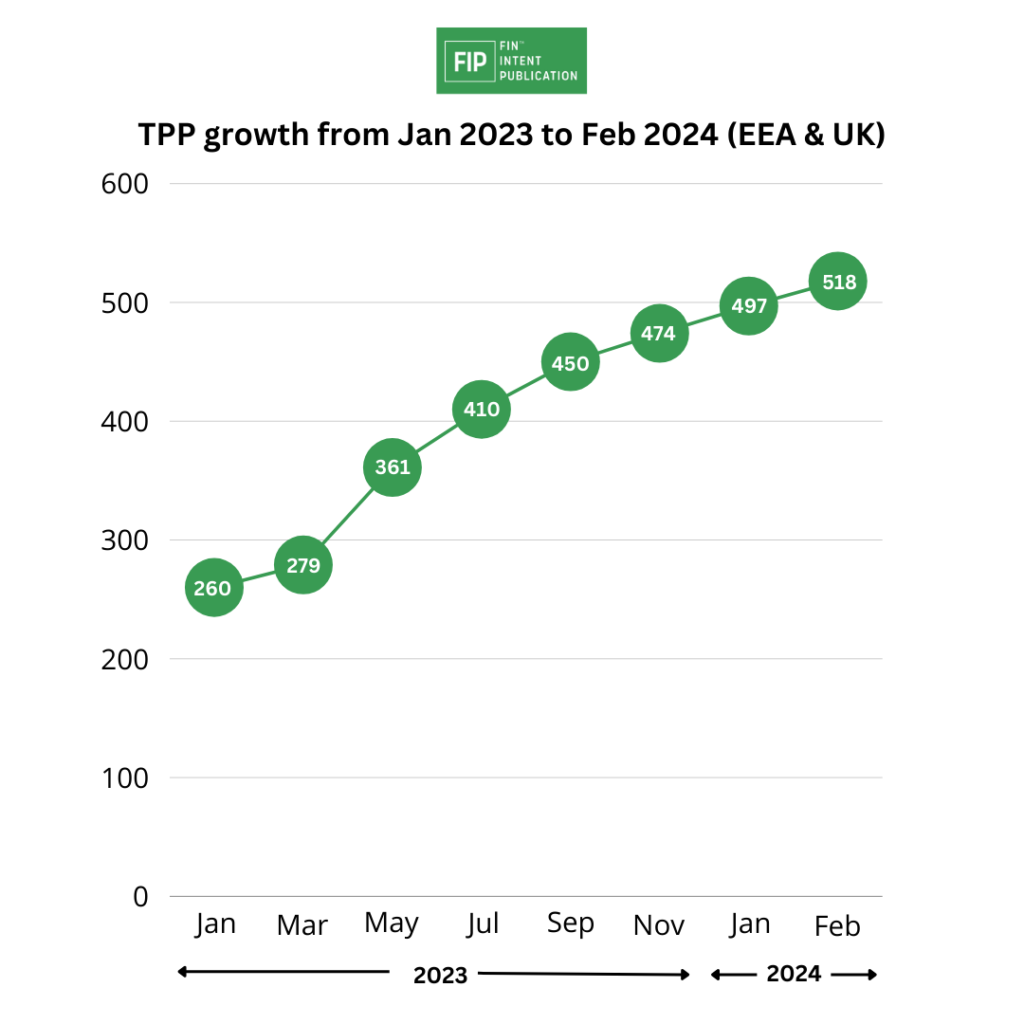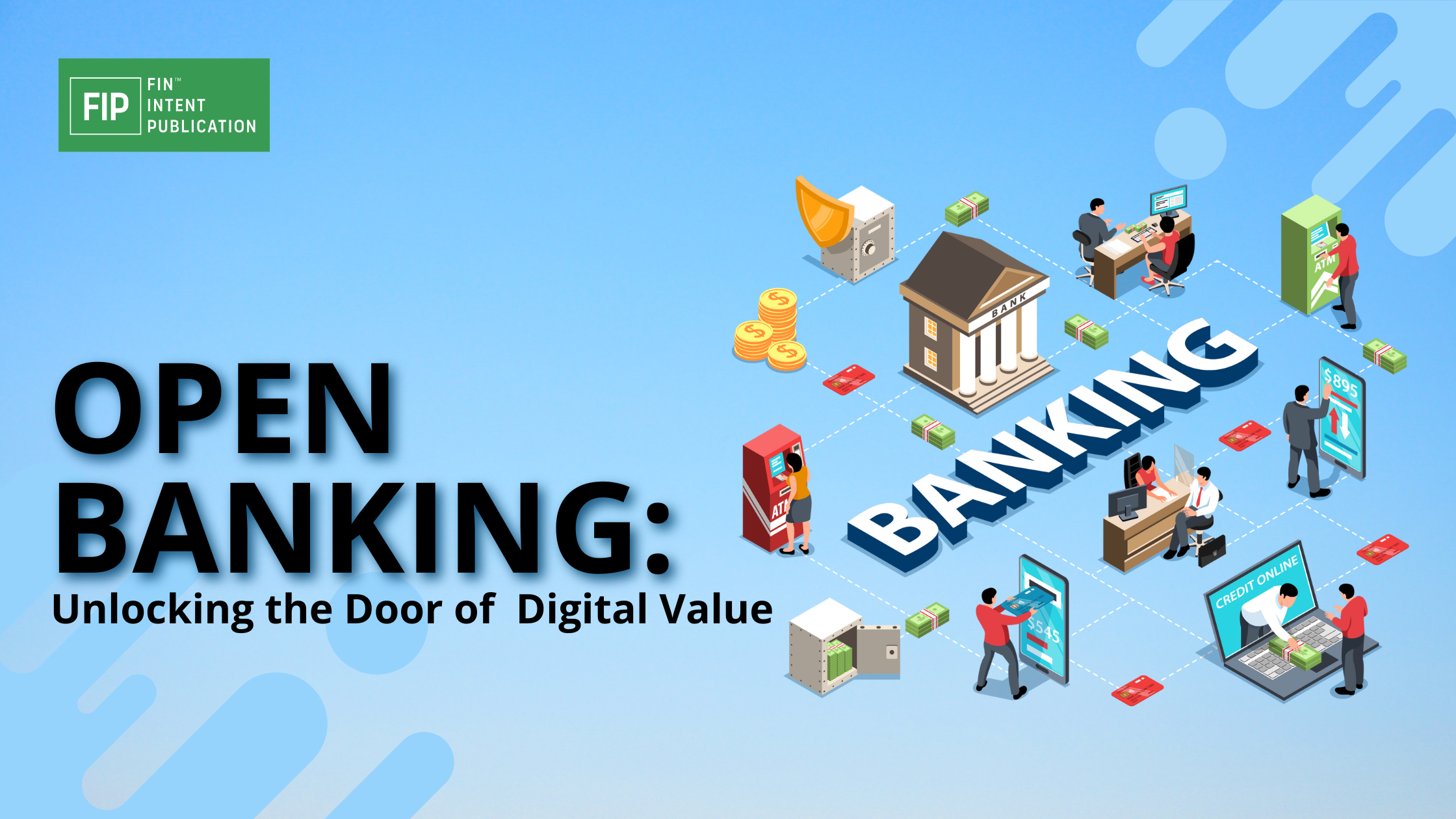Open banking, a revolutionary approach in the financial landscape, involves sharing financial data and services through APIs with third parties. This collaborative model enables the creation of innovative apps and services that utilize shared financial information, fostering a customer-centric and technology-driven financial landscape.
Unveiling the Secrets of Open Banking: A Deeper Dive
Welcome to the intricate world of open banking, where data dances with innovation and traditional boundaries dissolve. But before we dive in, let’s unpack the key elements that orchestrate this transformative dance.
1. API-Driven Data Symphony
Imagine financial data, your transactions, and statements, flowing freely through secure channels called APIs. These act as messengers, carrying your information with your explicit consent to third-party apps and services. This unlocks a whole new orchestra of possibilities – personalized budgeting tools, streamlined money management apps, and even AI-powered financial advisors, all tailored to your unique needs.
2. A Global Landscape in Flux
Open banking isn’t a one-size-fits-all melody. Different countries have adopted it with varying timelines and regulations. To understand this diverse chorus, check out openbankingmap.com, your comprehensive guide to the global open banking stage.
3. Open Banking vs. Open Finance
The Evolving Chorus: Remember those specialized niche products in the long tail distribution? Open banking initially focused on payments and checking accounts, but the song is changing. Enter open finance, expanding its reach to mortgages, loans, pensions, and beyond. Think of it as a grander symphony, encompassing a wider range of instruments and financial products.
4. Dispelling the Myths
Control is in Your Hands: Forget the scary rumors about open banking selling your data. This system is all about controlled data sharing, granting you complete control over what information you share and with whom. You are the conductor, directing the flow of data with your consent.

Challenges Banks Face in the Digital Transformation
But this harmonious transition isn’t without its challenges. Traditional banks, with their complex legacy systems, face a new rhythm:
1. Changing Customer Needs
Customers are demanding a digital beat. They crave the convenience and innovation offered by trading apps, leaving traditional banks scrambling to adapt their melodies.
2. Regulatory Compliance
Playing by the Rules: Regulatory bodies are setting the tempo, mandating open banking to foster competition and innovation. Banks must comply with these evolving regulations to stay in the game.
3. Increased Competition
Open banking means more players, more competition, and a faster tempo. Banks need to identify new revenue streams and adapt their offerings to stay relevant.
4. Tech-Savvy vs. Traditional Banks
Dancing to Different Beats: Tech-savvy banks are embracing the digital transformation, offering Banking-as-a-Service (BaaS) through APIs. This is like giving other companies the tools to build innovative financial products on top of their infrastructure. Traditional banks, meanwhile, risk being outclassed unless they enhance their technological capabilities.
5. APIs Revolutionizing the Industry
APIs are the magic notes that unlock core banking functions, allowing innovative apps to interact with financial data. Think of them as the sheet music for fintech companies to compose their own financial symphonies. Tech-savvy banks are leveraging this power to participate in the rapidly growing BaaS market.
Long Tail Distribution and Lane Changers
1. Long Tail Distribution
A Symphony of Niche Products: Open banking opens the door to a long tail of niche financial products. These are specialized offerings tailored to specific customer needs, adding richness and diversity to the financial landscape. Imagine having a personalized financial instrument just for your unique situation!
2. Lane Changers
Get ready for some unexpected twists! Traditional banks are facing competition from “lane changers,” companies from outside the financial industry who are quickly adapting to offer banking services. This adds a whole new dimension to the competitive landscape, keeping everyone on their toes.
The future of finance is an open and collaborative space, where data flows freely, innovation thrives, and customers have more control. Understanding the key elements of open banking is crucial for navigating this transformative journey. So, embrace the change, join the dance, and let your financial story unfold in this exciting new era!
Conclusion
Open banking’s transformative impact on the financial industry requires traditional banks to adapt to changing customer preferences, regulatory demands, and technological innovations. Embracing APIs and participating in the BaaS market are essential steps for banks to stay competitive in the evolving financial ecosystem. As “lane changers” disrupt the traditional banking landscape, a proactive approach to technology and customer-centric solutions becomes imperative for sustained success.





